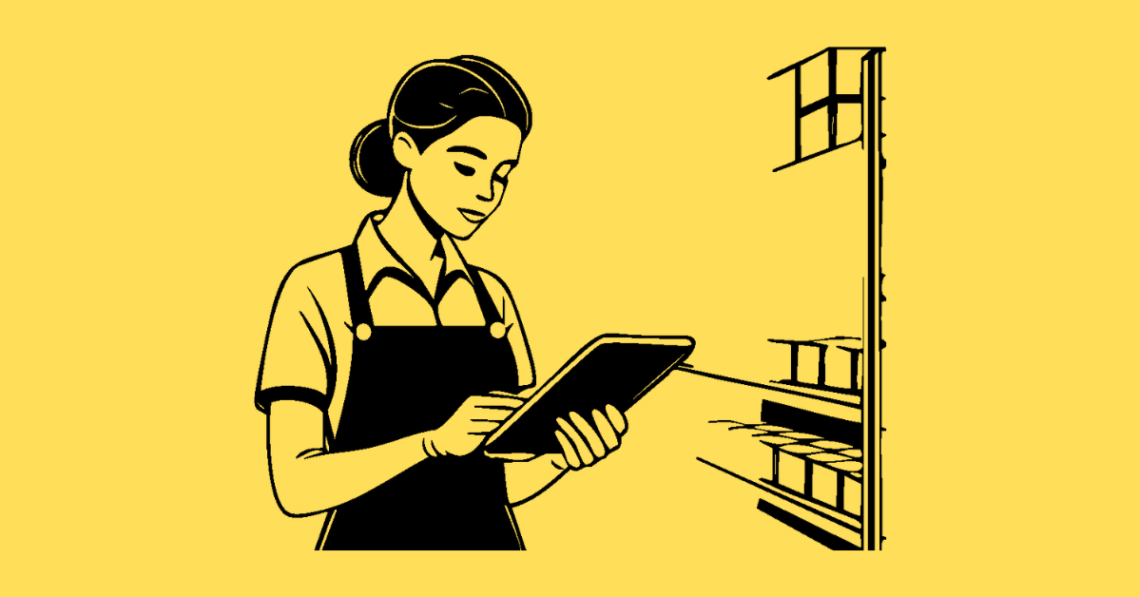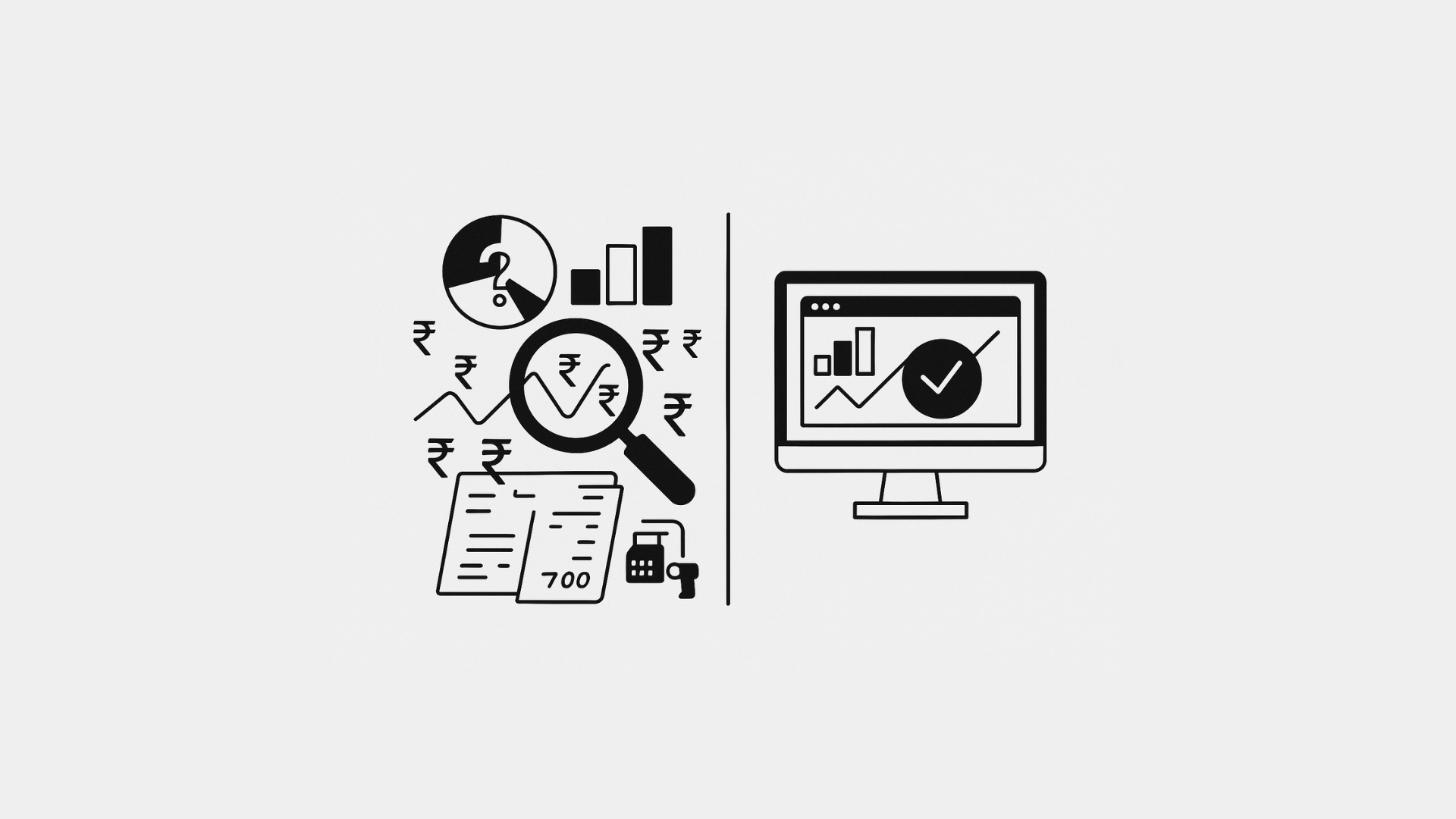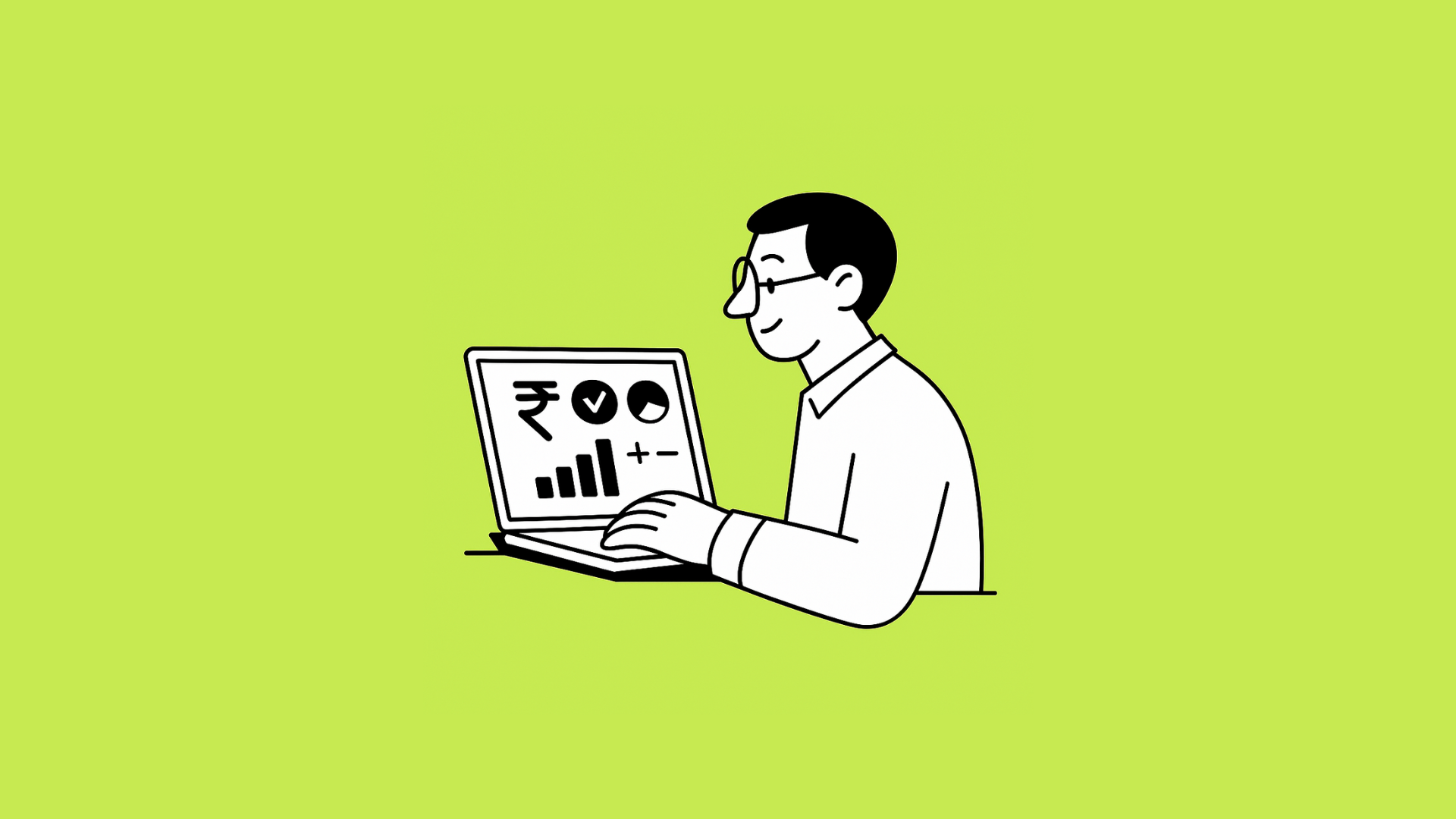An enormous change is occurring in India’s retail and distribution environment. Due to the growth of e-commerce and the ever-demanding consumer, companies are always looking for methods to increase productivity, boost customer satisfaction, and give their staff more authority. Mobile apps have become a potent tool in this ever-changing corporate landscape that may greatly help organizations and their employees.
Key Benefits of Mobile Apps for Employees
Mobile applications give a scope of benefits that can significantly further develop the work experience and overall productivity of your representatives. Here are some of the key benefits:

Improved Efficiency and Productivity:
Imagine employees having instant access to product information, order details, or scheduling updates right on their mobile devices. This eliminates the need for them to search for information on bulky desktops or wait for printed schedules. This translates to a more simplified workflow, allowing them to complete tasks faster and with greater accuracy.
Enhanced Communication:
Mobile apps can foster better communication between employees, managers, and even customers. Features like texting, task notifications, and constant updates keep everybody on the same page, prompting smoother collaboration and speedier critical thinking.
Simplified Inventory Management :
Managing inventories might take a lot of time. Employees can be given access to mobile apps that provide real-time inventory updates, product location identification, and stock checks. This gives them the ability to find things fast, resolve stock issues, and guarantee effective order fulfillment.
Increased Flexibility:
Mobile apps provide employees with greater flexibility in how they access information and complete tasks. They can check schedules, update tasks, or access training materials on their mobile devices, even outside of work hours. This encourages a better work-life balance and further develops employee fulfillment.
Better Customer Service:
Equipped with a mobile app, employees can access customer information, order details, and product knowledge right at their fingertips. This permits them to give more customized and informed support to clients, leading to a more positive shopping experience.
Enhanced Data Collection:
Mobile apps can streamline data collection processes. Employees can use the app to capture real-time sales data, track inventory levels, or gather customer feedback. This valuable data can then be used to improve business decisions and provide actionable insights.
Reduced Paperwork and Manual Processes:
Say goodbye to mountains of paper! Physical documents can be used far less frequently when mobile apps are available. Electronic job handling reduces errors and saves time for tasks including order confirmation, task assignment, and scheduling.
Instant Access to Information:
Whether it’s product specifications, safety guidelines, or company policies, mobile apps can provide employees with instant access to the information they need. This empowers them to make informed decisions and perform their tasks effectively.
Read Also: How to Develop a Mobile Strategy for your Retail Chain Businesses
Key Features of Mobile Apps for Retail and Distribution Businesses
Here’s a look at some essential features that retail and distribution businesses should consider incorporating into their mobile apps for employees:

Inventory Management:
This feature allows employees to check stock levels, scan barcodes for product information, and update inventory data in real time. Additionally, it can help with stock transfers and send out low-stock alerts.
Order Processing and Tracking:
Employees can use the app to access order details, process orders electronically, and track order progress. Customers are informed about their deliveries, and order fulfillment accuracy is improved.
Employee Scheduling and Task Management:
The app can manage employee schedules, assign tasks, and track progress. This encourages improved organization, guarantees work completion on time, and gets rid of schedule disputes.
Customer Relationship Management (CRM):
The app can provide access to customer information, purchase history, and preferences. Employees can provide tailored advice and personalize client encounters as a result.
Analytical and Reporting Capabilities:
The app should be able to generate reports on various aspects like sales performance, inventory levels, and employee productivity. Businesses can enhance their entire operations and make well-informed decisions with the aid of this data analysis.
Examples of Mobile Apps for Retail & Distribution in India
Several Indian retail and distribution companies have successfully implemented mobile apps for their employees. Here are a few examples:
1. Flipkart:

This e-commerce giant uses a mobile app called “Flipkart Seller Hub” for its sellers. Order management, inventory tracking, and performance analysis are among the functions offered by the app.
2. Bigbasket:
This online grocery store equips its delivery personnel with a mobile app for managing deliveries. They can track orders, interact with customers, and optimize routes thanks to the app.
3. Godrej Consumer Products:

This FMCG company uses a mobile app for its field sales force. By giving them access to customer information, order management tools, and product details, the app increases sales efficiency.
These are simply a handful of the countless ways that mobile apps could be used in distribution and retail.
Technical Considerations for Mobile App Development
- Mobile App Platforms:
Mobile apps are typically developed for either Android or iOS operating systems, or sometimes for both. Companies must choose the platform that best fits their spending limit and target market.
- Android: An open-source platform with a wider reach in India and globally. Development costs may be slightly lower compared to iOS.
- iOS: Known for its user-friendliness and security features. Popular among users with Apple devices like iPhones and iPads. Development costs tend to be higher than Android.
- App Development Approach: There are two main approaches to developing a mobile app:
- Native App Development: Apps built specifically for each platform (Android or iOS) using their unique programming languages and tools. Although it gives the best possible performance and user experience, this necessitates platform-specific development.
- Cross-Platform App Development: Apps developed using a single codebase that can be deployed on both Android and iOS platforms. This can be more cost-effective but may have limitations in terms of customization and performance compared to native apps.
- Essential Technologies:

Here are some core technologies commonly used in retail and distribution mobile app development:
- GPS (Global Positioning System): Used for location-based services like route optimization for deliveries or displaying nearby store locations.
- Barcode Scanning: Allows employees to scan product barcodes for quick access to product information and inventory management.
- Push Notifications: Enables sending real-time updates to employees or customers on order status, promotions, or task reminders.
- Cloud Storage: Stores data securely online, allowing access from any device with an internet connection. Features like inventory updates and customer information depend on this.
- Offline Functionality: Certain app features may need to function even without an internet connection, such as viewing product details or managing tasks downloaded beforehand.
Businesses can make well-informed decisions about creating a mobile app that fits their budget and unique requirements by being aware of these fundamental technical factors.
Overcoming Challenges of Mobile App Implementation
While mobile apps offer a multitude of benefits, there are challenges that businesses need to address during implementation. Here are some important things to think about:
- Cost:
Developing and maintaining a mobile app can involve initial investment costs as well as ongoing maintenance fees. Before rolling out an app, businesses must thoroughly assess the cost-benefit analysis.
- Data Security:
Mobile apps collect and store employee and customer data. Strong data security measures must be implemented to stop data breaches and safeguard user privacy. This includes following data privacy regulations like India’s Information Technology Act, 2000, and its amendments.
- Device Compatibility:
Businesses need to ensure the app functions properly across a range of devices with different operating systems used by employees. This might require developing separate versions for Android and iOS or opting for a cross-platform development approach.
- Employee Training:
Introducing a new app requires proper training for employees to ensure they can utilize its features effectively. To acquaint staff members with the features of the app, businesses ought to offer comprehensive instructions, user manuals, and even brief training sessions.
Case Studies: Success Stories of Mobile App Implementation in Indian Retail
Looking at successful examples can provide valuable insights for businesses considering implementing mobile apps. Here are two case studies showcasing how Indian retail companies have leveraged mobile apps to achieve positive outcomes:
Case Study 1: Reliance JioMart
Reliance JioMart, a leading grocery delivery platform in India, equips its delivery partners with a mobile app called “JioMart Partner.” The app offers several features that streamline delivery operations:

- Delivery Route Optimization: The app utilizes GPS technology to suggest optimal delivery routes, saving time and fuel costs for delivery partners.
- Real-time Order Tracking: Customers can track the progress of their orders in real-time using the app, enhancing transparency and customer satisfaction.
- Cashless Transactions: Customers and delivery partners can enjoy ease and security as the app enables cashless transactions.
The implementation of the JioMart Partner app has resulted in:
- Increased Delivery Efficiency: Delivery partners can complete more deliveries in a shorter time due to optimized routes.
- Improved Customer Satisfaction: Real-time order tracking and cashless transactions lead to a more positive customer experience.
- Enhanced Partner Earnings: Faster deliveries translate to more completed orders and potentially higher earnings for delivery partners.
Case Study 2: Aditya Birla Fashion Retail
Aditya Birla Fashion Retail (ABFRL), one of India’s leading fashion retailers, uses a mobile app called “ABFRL Connect” for its store employees. The software provides tools to enhance customer service and empower staff members:

- Product Knowledge Training: By giving staff members access to training materials and product details, the app makes sure they are prepared to respond to questions from customers.
- Inventory Management: Employees can use the app to check stock levels, manage product displays, and place re-orders electronically, streamlining inventory management processes.
- Customer Relationship Management: With the app, staff members can access consumer data and past purchases, personalizing conversations and making recommendations that are specifically relevant to the customer.
The implementation of the ABFRL Connect app has resulted in:
- Enhanced Employee Knowledge: Employees have access to comprehensive product information, leading to improved customer service.
- Organized Inventory Management: Electronic stock checks and re-ordering processes minimize errors and improve efficiency.
- Increased Sales: Personalized recommendations and improved customer service can lead to higher sales and customer satisfaction.
Conclusion
So, there you have it! In the retail and distribution industries, mobile apps have transformed the game; they are no longer a fad. We’ve seen how these practical tools help ease staff workloads, enhance customer satisfaction, and maintain efficient operations in firms.
Of course, there are a few things to consider before diving headfirst into app development. You’ll want to make sure the app works well on all the different phones your employees use, and that it’s secure enough to keep everyone’s information safe. There’s also the cost to think about, but when you see the benefits – happier employees, satisfied customers, and a more efficient business – it’s often an investment that pays off in the long run.








